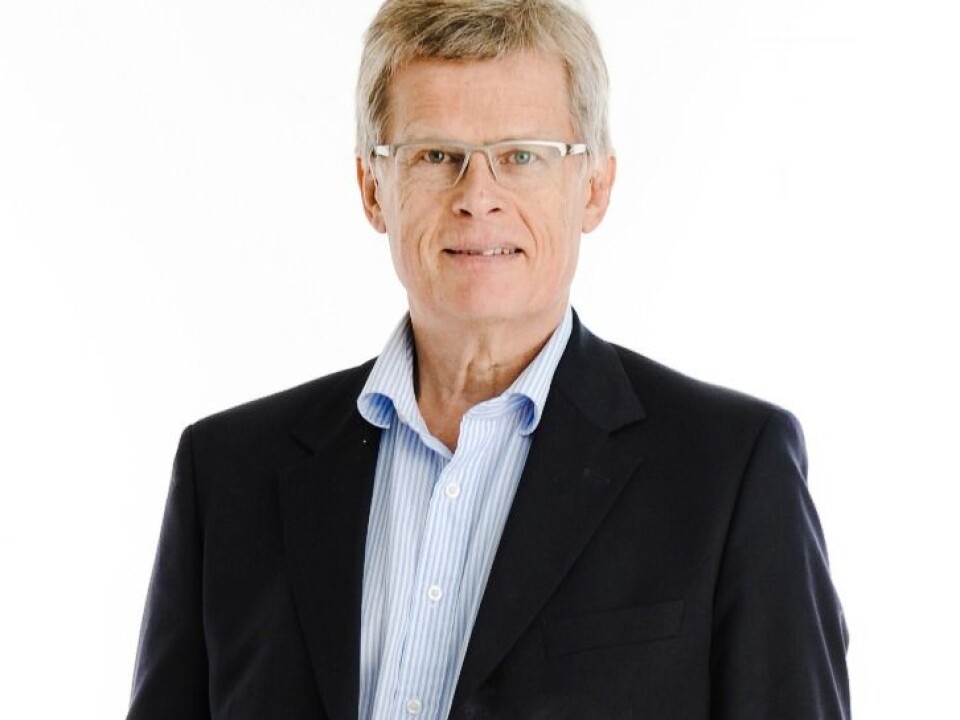This article was produced and financed by BI Norwegian Business School

The hunt for the creative individual
Some people are more creative than others and are literally bubbling with ideas, while others rarely or never show signs of creativity. What should we look for when searching for creative people?
Denne artikkelen er over ti år gammel og kan inneholde utdatert informasjon.
Creativity can quite simply be defined as the capacity to come up with new ideas to serve a purpose.
Creativity is thus one of the most important sources of renewal. Creativity contributes to innovation and improvements in working life, commerce and industry.
No wonder employers want creative employees in areas where it is essential to come up with proposals for new products and services, and new ways of doing things.
The creative personality
Professor Øyvind L. Martinsen at BI Norwegian Business School has conducted a study to develop a personality profile for creative people: Which personality traits characterise creative people?

The study was conducted with 481 people with different backgrounds. The segment consists of various groups of more or less creative people.
The first group of creative people consists of 69 artists working as actors or musicians in a well-known symphony orchestra or are members of an artist’s organisation with admission requirements.
The second group of creative people consists of 48 students of marketing.
The remaining participants in the study are managers, lecturers and students in programmes that are less associated with creativity than marketing.
The creativity researcher mapped the participants’ personality traits and tested their creative abilities and skills through various types of tasks.
Seven creativity characteristics
In his study Martinsen identifies seven paramount personality traits that characterise creative people:
- Associative orientation: Imaginative, playful, have a wealth of ideas, ability to be committed, sliding transitions between fact and fiction.
- Need for originality: Resists rules and conventions. Have a rebellious attitude due to a need to do things no one else does.
- Motivation: Have a need to perform, goal-oriented, innovative attitude, stamina to tackle difficult issues.
- Ambition: Have a need to be influential, attract attention and recognition.
- Flexibility: Have the ability to see different aspects of issues and come up with optional solutions.
- Low emotional stability: Have a tendency to experience negative emotions, greater fluctuations in moods and emotional state, failing self-confidence.
- Low sociability: Have a tendency not to be very considerate, are obstinate and find faults and flaws in ideas and people.
Among the seven personality traits, associative orientation and flexibility are the factors that to the greatest extent lead to creative thinking.
“Associative orientation is linked to ingenuity. Flexibility is linked to insight,” says the professor.
The other five characteristics describe emotional inclinations and motivational factors that influence creativity or spark an interest in creativity.
“The seven personality traits influence creative performance through inter-action,” Martinsen points out.
Less sociable
The study shows that the artists who participated scored much higher on associative orientation than the other participants. They have a substantial need for originality and are not particularly stable emotionally.
The personality profile of the marketing students was quite similar to the artist profile and also differs from the other participants in the study.
The artists in the study also scored lower values for ambition than the others and are not particularly sociable either.
“An employer would be wise to conduct a position analysis to weigh the requirements for the ability to cooperate against the need for creativity,” Martinsen believes.
He also emphasises that creative people may need help to complete their projects.
“Creative people are not always equally practical and performance-oriented, which is the reverse side of the “creativity medal”.”
































